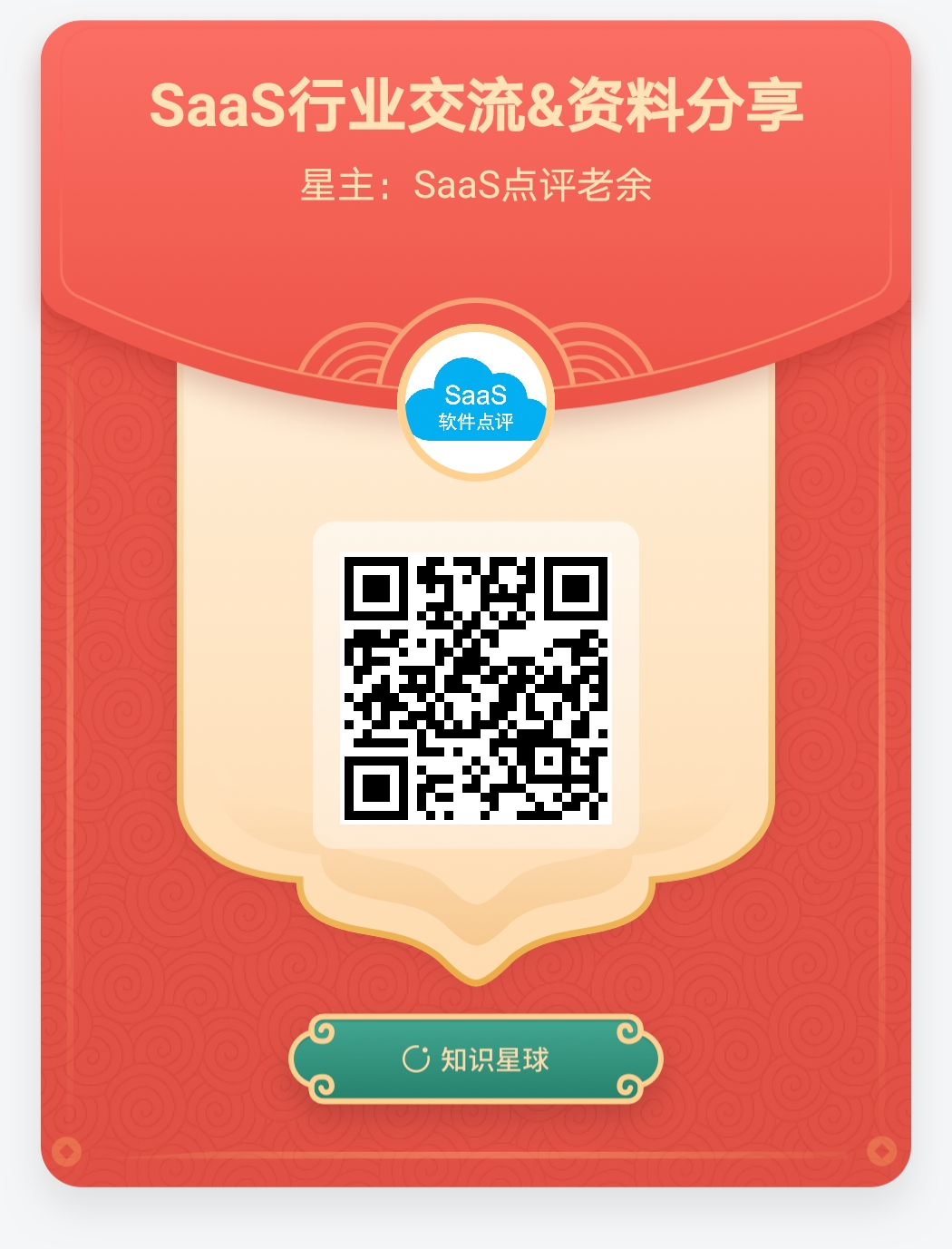如何为SaaS创业项目定价?
目录
- 根据使用场景定价
- 根据用户价值定价
- 根据竞争定价
1. 根据使用场景定价
一般来说,产品的使用场景越复杂,价格越贵。比如,一个简单的文档编辑器可能只需要几百块钱,而一个复杂的企业级ERP系统可能需要几十万元。

如果你的产品具有多个使用场景,那么你可以根据不同场景提供不同的价格。比如,一个简单的文档编辑器可能针对个人用户提供免费版本,针对企业用户提供收费版本,针对高级用户提供高级版本。
2. 根据用户价值定价
产品的价格应该根据用户的价值来定。也就是说,你应该根据用户从使用你的产品获得的价值来定价。
比如,一个文档编辑器可能针对个人用户提供免费版本,因为个人用户的价值不高,而针对企业用户提供收费版本,因为企业用户的价值比较高。
3. 根据竞争定价
在竞争激烈的市场中,产品价格也是一个重要的竞争因素。如果你的产品价格比竞争对手高,那么你的产品将很难在市场上立足;如果你的产品价格比竞争对手低,那么你的产品将很难盈利。
所以,在定价时,你需要考虑竞争对手的价格。如果你的产品价格比竞争对手低,那么你可以考虑降低价格;如果你的产品价格比竞争对手高,那么你可以考虑提高价格。
总之,在为SaaS创业项目定价时,你需要考虑多方面的因素,包括产品的使用场景、用户的价值、竞争对手的价格等。只有充分考虑了这些因素,你才能找到一个最佳的定价策略。
,
As a SaaS startup, one of the most important questions you will face is how to price your product. There is no easy answer, as pricing depends on a variety of factors, including your target market, the features and benefits of your product, and the competitive landscape. However, there are some general principles that can help you come up with a pricing strategy for your SaaS product.
In general, you want to price your product in a way that maximizes your revenue and profit. To do this, you need to understand your costs, your target market, and the value your product provides.
Your costs include both the costs of developing and maintaining your product and the costs of marketing and selling it. You need to make sure your prices cover these costs and leave you with a profit.
Your target market is the group of customers you are targeting with your product. You need to understand their needs and wants and price your product accordingly.
The value your product provides is the most important factor in determining your price. You need to make sure your price is high enough to cover your costs and still leave you with a profit, but not so high that it price-gouges your customers or deters them from using your product.
Once you have a good understanding of your costs, target market, and the value your product provides, you can start to develop a pricing strategy. There are a few different pricing strategies you can use, and which one you choose will depend on your specific product and business.
One common pricing strategy is to charge a monthly subscription fee. This is a good option if you have a product that customers will use on a regular basis. The downside of this pricing strategy is that it can be difficult to get customers to sign up for a monthly subscription, and it can be hard to increase prices once customers are already locked in.
Another common pricing strategy is to charge a one-time fee for access to your product. This is a good option if you have a product that customers will use once and then never need to use again. The downside of this pricing strategy is that it can be difficult to get customers to pay a one-time fee, and you may need to offer a discount to get customers to sign up.
A third pricing strategy is to charge a per-use fee. This is a good option if you have a product that customers will use on a regular basis but don't need to use all the time. The downside of this pricing strategy is that it can be difficult to get customers to sign up for a per-use fee, and you may need to offer a discount to get customers to sign up.
Once you have chosen a pricing strategy, you need to set a price for your product. There are a few different ways to do this, and the best way will depend on your specific product and business.
One way to set a price for your product is to use a pricing calculator. There are a number of different pricing calculators available online, and they can help you determine a price based on your costs, target market, and the value your product provides.
Another way to set a price for your product is to use a pricing model. There are a number of different pricing models available, and they can help you determine a price based on your costs, target market, and the value your product provides.
Once you have set a price for your product, you need to make sure you can actually get customers to pay that price. To do this, you need to create a marketing and sales strategy.
There are a number of different marketing and sales strategies you can use to get customers to pay your price. The best strategy will depend on your specific product and business.
One common marketing strategy is to offer a free trial. This is a good option if you have a product that customers will use on a regular basis. The downside of this strategy is that it can be difficult to get customers to sign up for a free trial, and you may need to offer a discount to get customers to sign up.
Another common marketing strategy is to offer a discount. This is a good option if you have a product that customers will use once and then never need to use again. The downside of this strategy is that it can be difficult to get customers to pay a discount, and you may need to offer a free trial to get customers to sign up.
A third marketing strategy is to offer a money-back guarantee. This is a good option if you have a product that customers will use on a regular basis but don't need to use all the time. The downside of this strategy is that it can be difficult to get customers to sign up for a money-back guarantee, and you may need to offer a discount to get customers to sign up.
Once you have a marketing and sales strategy in place, you need to make sure you can actually get customers to buy your product. To do this, you need to create a sales process.
There are a number of different sales processes you can use to get customers to buy your product. The best process will depend on your specific product and business.
One common sales process is to offer a free trial. This is a good option if you have a product that customers will use on a regular basis. The downside of this process is that it can be difficult to get customers to sign up for a free trial, and you may need to offer a discount to get customers to sign up.
Another common sales process is to offer a discount. This is a good option if you have a product that customers will use once and then never need to use again. The downside of this process is that it can be difficult to get customers to pay a discount, and you may need to offer a free trial to get customers to sign up.
A third sales process is to offer a money-back guarantee. This is a good option if you have a product that customers will use on a regular basis but don't need to use all the time. The downside of this process is that it can be difficult to get customers to sign up for a money-back guarantee, and you may need to offer a discount to get customers to sign up.
Once you have a sales process in place, you need to make sure you can actually get customers to buy your product. To do this, you need to create a follow-up plan.
There are a number of different follow-up plans you can use to get customers to buy your product. The best plan will depend on your specific product and business.
One common follow-up plan is to offer a free trial. This is a good option if you have a product that customers will use on a regular basis. The downside of this plan is that it can be difficult to get customers to sign up for a free trial, and you may need to offer a discount to get customers to sign up.
Another common follow-up plan is to offer a discount. This is a good option if you have a product that customers will use once and then never need to use again. The downside of this plan is that it can be difficult to get customers to pay a discount, and you may need to offer a free trial to get customers to sign up.
A third follow-up plan is to offer a money-back guarantee. This is a good option if you have a product that customers will use on a regular basis but don't need to use all the time. The downside of this plan is that it can be difficult to get customers to sign up for a money-back guarantee, and you may need to offer a discount to get customers to sign up.
Once you have a follow-up plan in place, you need to make sure you can actually get customers to buy your product. To do this, you need to create a customer retention plan.
There are a number of different customer retention plans you can use to get customers to buy your product. The best plan will depend on your specific product and business.
One common customer retention plan is to offer a free trial. This is a good option if you have a product that customers will use on a regular basis. The downside of this plan is that it can be difficult to get customers to sign up for a free trial, and you may need to offer a discount to get customers to sign up.
Another common customer retention plan is to offer a discount. This is a good option if you have a product that customers will use once and then never need to use again. The downside of this plan is that it can be difficult to get customers to pay a discount, and you may need to offer a free trial to get customers to sign up.
A third customer retention plan is to offer a money-back guarantee. This is a good option if you have a product that customers will use on a regular basis but don't need to use all the time. The downside of this plan is that it can be difficult to get customers to sign up for a money-back guarantee, and you may need to offer a discount to get customers to sign up.
Once you have a customer retention plan in place, you need to make sure you can actually get customers to buy your product. To do this, you need to create a customer acquisition plan.
There are a number of different customer acquisition plans you can use to get customers to buy your product. The best plan will depend on your specific product and business.
One common customer acquisition plan is to offer a free trial. This is a good option if you have a product that customers will use on a regular basis. The downside of this plan is that it can be difficult to get customers to sign up for a free trial, and you may need




